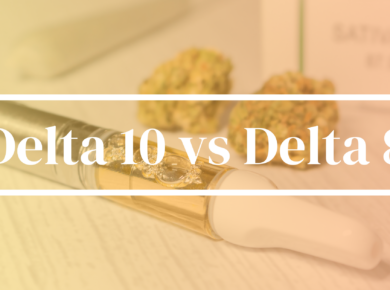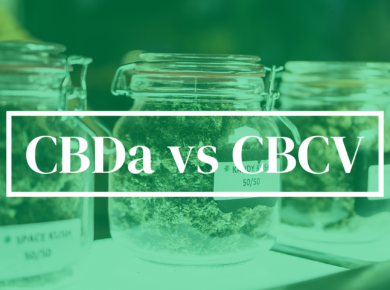Almost everyone is looking to growing the biggest, highest quality plants they can. This leads many farmers to consider using nutrients in their soil.
With all of the available data on the benefits of nutrients, more and more growers are giving them a try. Knowing when to use them, and how much to use, can still be a bit overwhelming though.
Wouldn’t it be nice if there was a scheduled plan you could follow that would lay out not only what to feed, but when to feed as well? That’s exactly where feed charts come in handy.
Join the more than 6,000 industry professionals using Kush.com each day >>
What are Feed Charts?
Feed charts are a scheduled plan for a complete growing season, from seed to harvest. Feed charts include when to release specifics nutrients and when to adjust these nutrients to maintain maximum growth.
Feed charts are especially useful in hydroponic systems. With hydroponics systems, the nutrient content solely exists in water feeding systems.

How Do Feed Charts Work?
Feed charts are laid out in a grid. The top line represents time (week by week). The vertical line represents what nutrients are going to be added.
This allows for an easy step-by-step guide to the growing process, ensuring all proper nutrients are accounted for. Feed Charts are relatively easy to read and easy to follow. Some event offer both a basic and an advanced feeding routine.
[PRO TIP] Feed charts can be used as a generic beginner guide. They are a great way to get a basic understanding of what goes into feeding plants. They can always be modified the more experienced you become.
Before making any adjustments to your feeding schedule, it’s best to have observed at least one complete season with the recommended dosage of nutrients. This will allow you to have more information on how the plants respond to certain nutrients and when and where to make any necessary adjustments.
How to Use Feed Charts for Hydroponic Grows
In a hydroponic grow, maintaining proper feeding can make or break any entire crop. Ensuring that you have a stable and vetted plan for an entire growing season, is essential.
Feed charts are an extremely valuable tool for growing hydroponically, especially for beginners. Each and every plant will require different individual needs. Alike species should be grouped together in a shared solution. This allows plants to all receive the appropriate amount of nutrients without harming other species that have slightly different needs.
Join the more than 6,000 industry professionals using Kush.com each day >>
How to Use Feed Charts for Soil Grows
In soil, the use of feeds charts are still very valuable. They give a complete plan for what nutrients lead to optimum growth.
Unlike hydroponics, soil mediums hold and maintain nutrient content. This will adjust the amount of feed you apply to the plants, based on what already resides in the soil. Be sure to follow the labels for each fertilizer correctly.
The use of “incomplete” fertilizers may also be of use here. These fertilizers allow a more custom approach to soil conditions with less chance of nutrient overload or lockout.
How to Make Your Own Feed Charts
You don’t have to wait to buy a feed chart to get the most out of your garden. A simple gardener’s journal can help you track how the plants are doing and how they respond to certain nutrients, light, water, or soil conditions.
Journals can also allow you to track when the plants were started, when preflowering began, when peak flowering occurred and how long it took to reach harvest time. These beneficial additions can better prepare you for next seasons crop and allow for any adjustments that may need to be made in the future.
Join the more than 6,000 industry professionals using Kush.com each day >>





